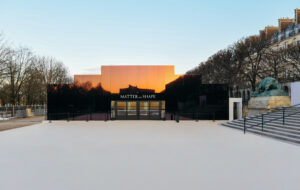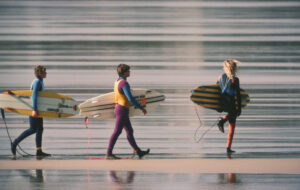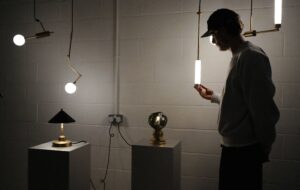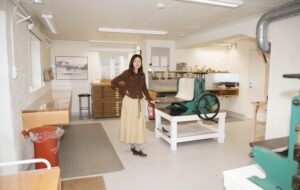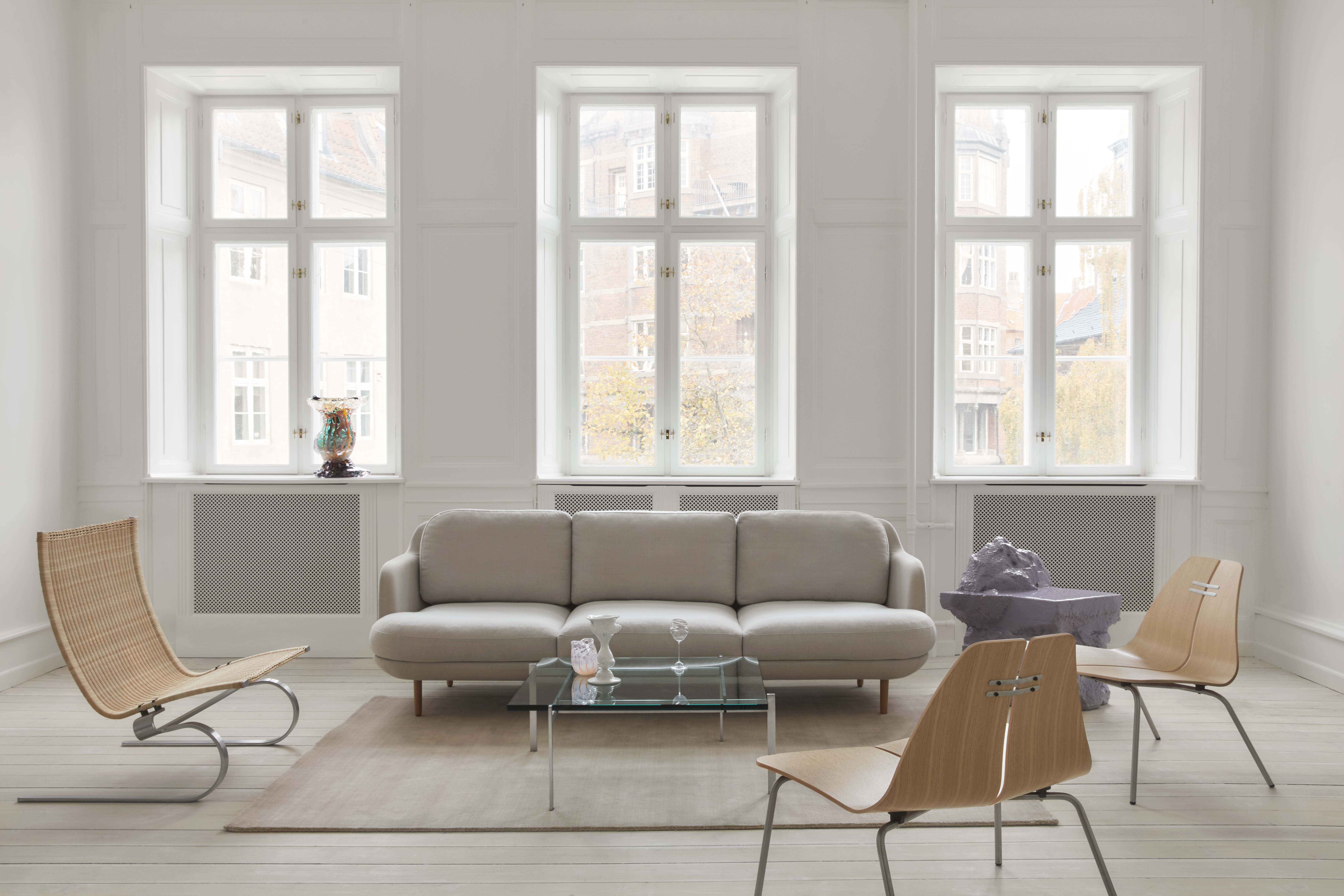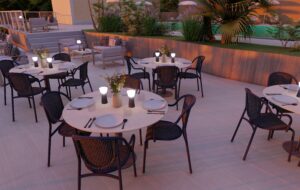Make Good: Rethinking Material Futures includes annual displays – with its first featuring work by Mac Collins, Marjan van Aubel and Fernando Laposse
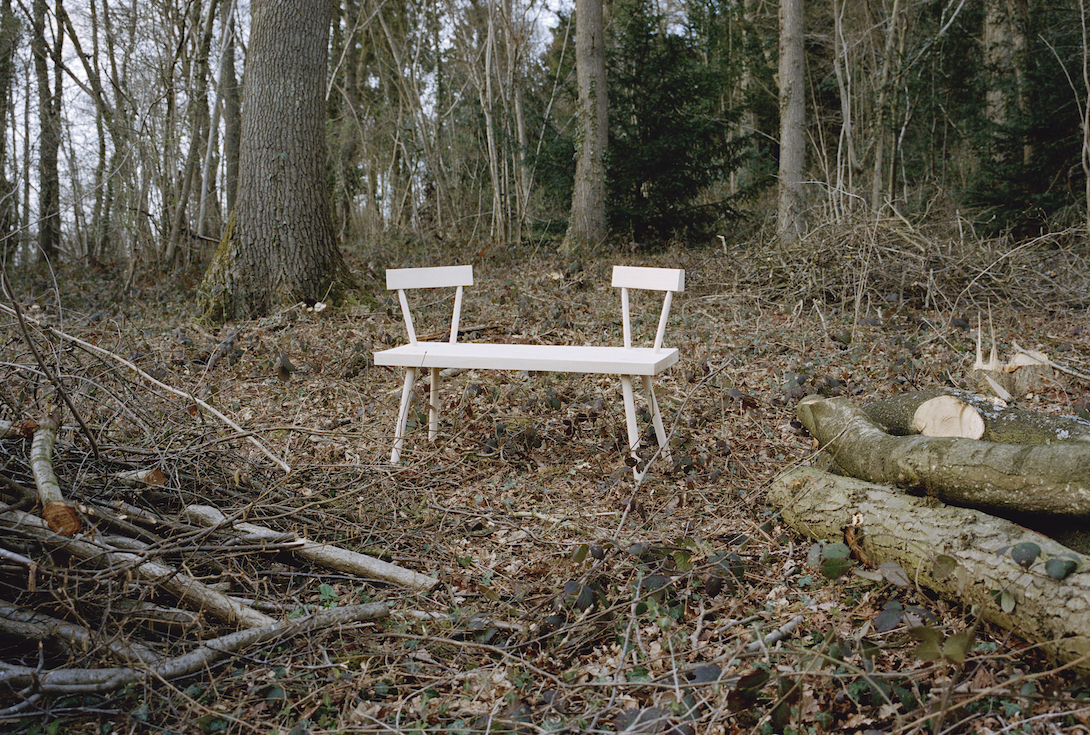 Bodge Bench, by Gitta Gschwendtner. Photograph: Jason Orton
Bodge Bench, by Gitta Gschwendtner. Photograph: Jason Orton
The V&A Museum has launched a 10-year project, Make Good: Rethinking Material Futures, dedicated to exploring the use of renewable, natural materials – particularly in light of the climate crisis – and the future of sustainable forestry in design and architecture. Supported by the designer and furniture maker John Makepeace, the project includes an annual display, an annual symposium and a rolling programme of acquisitions.
As part of Make Good, practitioners from different disciplines – including science, design, forestry and academia – are invited to share expertise in the stewardship of natural resources and the use of responsibly sourced wood. ‘The programme aims to question the responsibilities of designers and consumers towards the natural world at this moment of crisis,’ says Johanna Agerman Ross, lead curator of Make Good.
The first display, now open at the V&A South Kensington, is titled From the Forest, and brings together works of design and material experimentation from Playfool, Formafantasma, Gitta Gschwendtner, Mac Collins, Sebastian Cox, Fernando Laposse, Marjan van Aubel and James Shaw. The featured projects interrogate how forestry can teach circular and renewable production practices, and how wood can be used sustainably in design.
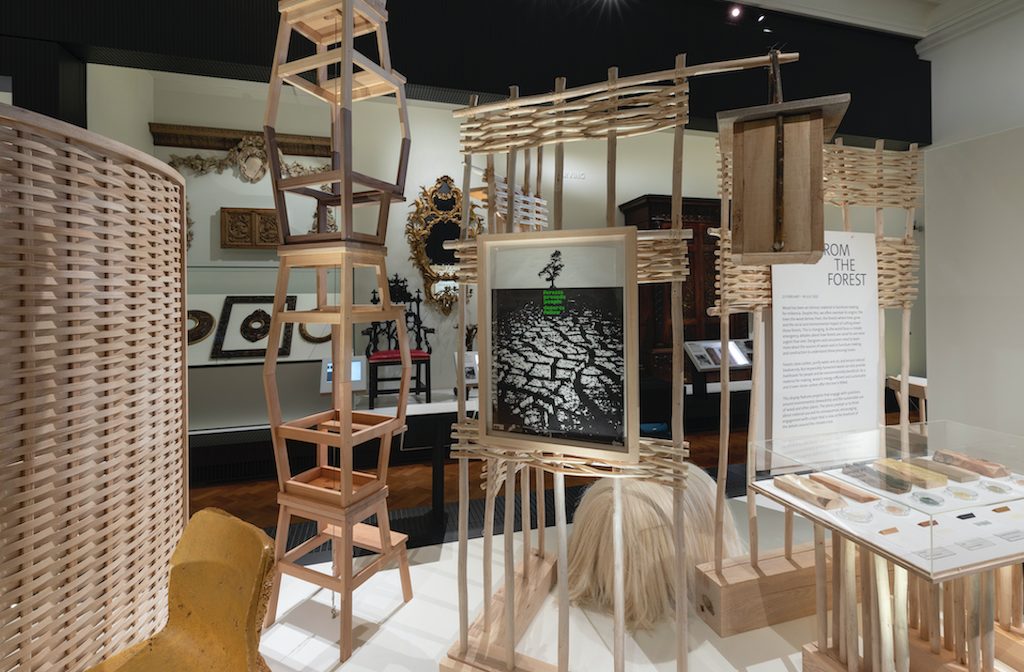 The From the Forest display at the V&A South Kensington
The From the Forest display at the V&A South Kensington
Bodge Bench (2010), designed and made by Gitta Gschwendtner using English ash and sycamore, is made using a traditional craft called ‘bodging’ or ‘chair bodgering’, in which chairs are made without power tools from freshly-cut wood close to where a tree is felled. The approach avoids the carbon cost of transporting the wood before putting it to use.
Another bench, Sisal Pup (2021) – designed and made by Fernando Laposse, and appearing like a surprising hairy creature – is created from sisal, which originates from the agave plant. Laposse has been working with farmers in Mexico, where extensive planting of agave in draught-prone areas replenishes natural underground water reserves and supports reforestation, the growth of local flora and traditional farming practices.
Well Proven Chair (2012), designed by Marjan van Aubel and James Shaw, harnesses waste timber generated when furniture is made from wooden planks. The design mixes wood shavings and chips with pigments and a bio resin, triggering a chemical reaction which creates a foam that triples in size. This foam is then moulded into a chair’s seat and backrest and attached to a four-legged base.
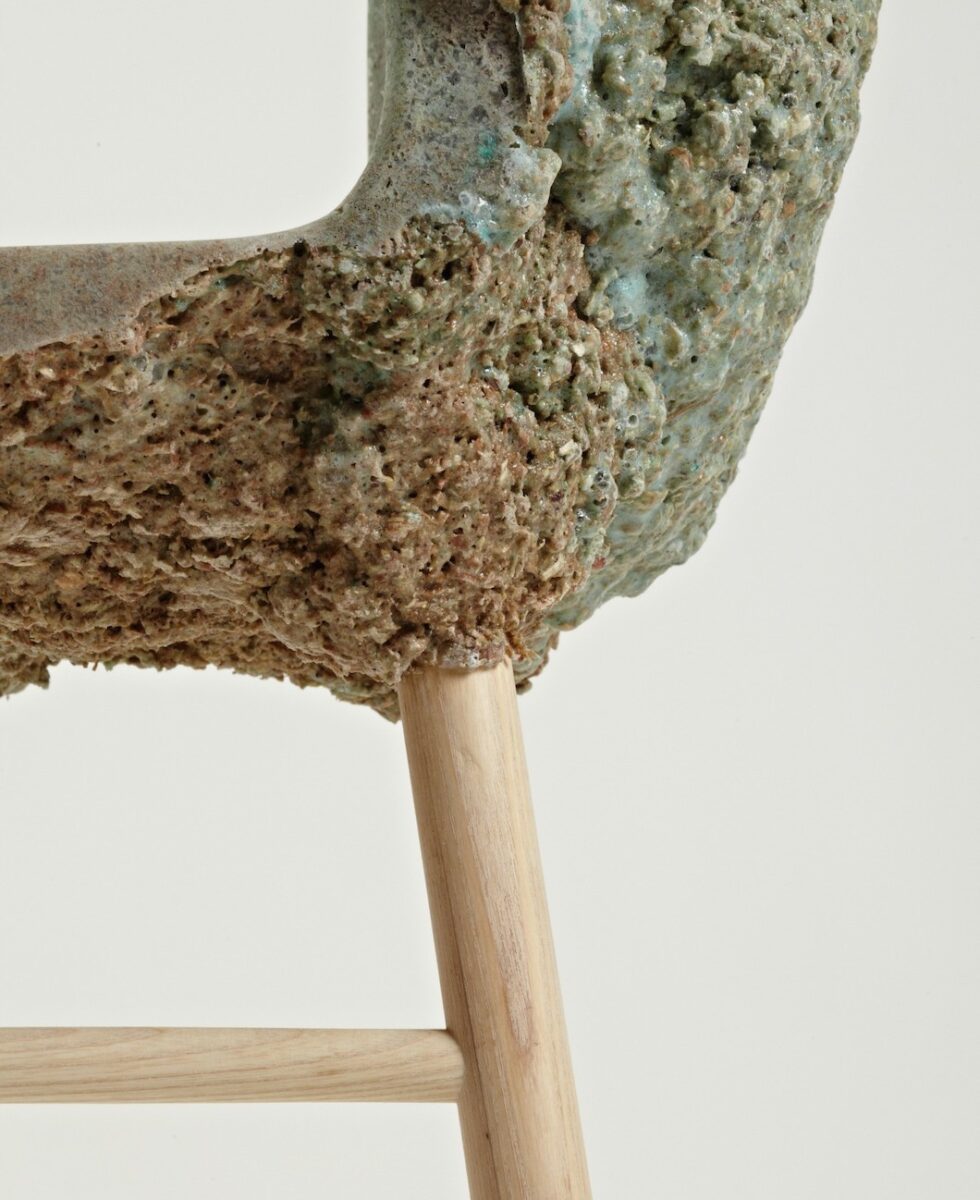 Well Proven Chair, by Marjan van Aubel and James Shaw. Photograph: courtesy of Marjan van Aubel
Well Proven Chair, by Marjan van Aubel and James Shaw. Photograph: courtesy of Marjan van Aubel
The design of the From the Forest display itself – by V&A Design Studio – embraces and explores aspects of local sourcing, managed forestry, renewable material and design for reuse in an effort to contribute to the museum’s goals to eliminate waste, reduce carbon and improve the sustainability of temporary displays.
Certain display elements are made from coppiced hazel and ash grown in Essex and Bedfordshire; coppicing is an ancient and sustainable form of woodland management where young tree stems are repeatedly cut down to near ground level and allowed to regenerate. Split hazel has been woven to provide structure to the vertical screens used for display, utilising an endangered traditional craft.
‘The interests of growing timber, manufacturing and ecology can be symbiotic, as shown by traditional and some evolving systems,’ says John Makepeace. ‘Timber is a uniquely precious source of structural material and the sustainable management of woodlands can be the most effective way of enriching diverse habitats for wildlife.’
While Make Good: Rethinking Material Futures launches with a discussion around forests and timber, future iterations of the programme will also address other natural materials that could eventually replace energy-intensive mineral resources.
From the Forest is on now at the V&A South Kensington until 18 July 2022
Get a curated collection of architecture and design news like this in your inbox by signing up to our ICON Weekly newsletter

